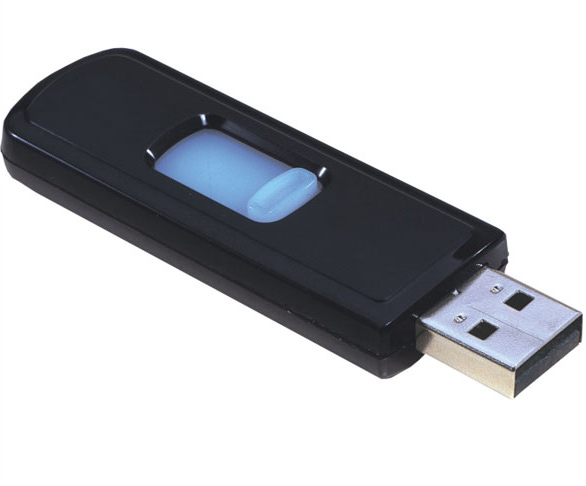You will need
- Personal computer, the program Check Flash, CrystalDiskMark or HD_Speed
Instruction
1
The first program called Check Flash. With this utility you can easily test the speed of any USB drive. Download this program. Run it on your computer. Insert the USB connector of the flash drive. The program interface is in English. In "Access type" select "As logical drive". In the column "Drive" choose the drive where you located the flash drive that is pointing to it. For Example, F:. In "Action type" choose "Write and read test" and "Small pattern set". Press "Start". All the process is running.
2
There is another simple utility called HD_Speed, It is small and does not require special installation. Download and run HD_Speed. It is capable of testing any media. In the program's settings, select the disk you want to check where is the flash drive. Choose in the column “Drive” the path to the pendrive. Check the box "Read". Click "Start". And now wait for the result of the program.
3
Too bad CrystalDiskMark determines the speed of operation of the stick. To do this, download the program and run. Before you open the window. Click on the "File" tab and open the disc drive. The program will give all the necessary information.
4
Utility Flash Memory Toolkit will not only help to know the data of the removable data carrier, and, if necessary, is able to restore lost files and create backups. To get started run the program. In the opened window at the top select the drive. For General information on flash - device, press the left column "Info". In order to know the speed, click the "File Benchmark" and press "Start". Now wait a few seconds and get the result. You will be able to determine the speed of operation of the stick.
5
Information about flash devices, you can learn and use the program Everest. Download it on your computer and run it. Under the "Toolbar" program, click "Menu". Scroll down and click the Device tab. So you can easily find out the data about the drive. Using any program, you effortlessly evaluate the real state of the flash device.
